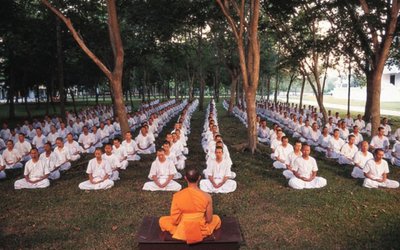
At present, Nepal ranks third in the list of countries contributing troops to the United Nations, with 6,016 Nepali Army personnel deployed in various 12 peacekeeping missions around the world
A significant milestone has been achieved in the history of Nepali Army (NA) involvement in peacekeeping operations at the call of the United Nations, with more than 6,000 NA troops deployed in the mission at a time.
The number of Nepali Army personnel currently deployed in the UN peacekeeping mission has reached 6,016, with the latest deployment of 202 peacekeepers in the Central African Republic on December 13.
Nepal became a member of the United Nations in 1955 and the peacekeeping mission of the Nepali Army started with the deployment of five military observers under the UNOGIL mission to Lebanon in 1958. The NA's involvement in the UN peacekeeping mission has completed a period of more than six decades.
So far, the Nepali Army has participated in 44 United Nations peacekeeping missions in different conflict-hit countries across the world. According to the NA Directorate of Military Public Relations and Information, so far 142,585 Nepali Army personnel have participated in peacekeeping missions, including 1,982 female soldiers. (RSS)
- China to open annual National People's Congress on March 5
- Dec 26, 2024
- 38 Dead in Wednesday plane crash in Kazakhstan
- Dec 26, 2024
- Bangladesh Requests India To Extradite Ousted PM Hasina
- Dec 25, 2024
- Trump's Tariffs Could Push Down Global GDP By 0.3 Percent
- Dec 25, 2024
- Turkey's foreign minister visits Syria, seeks ties with interim government
- Dec 23, 2024
















